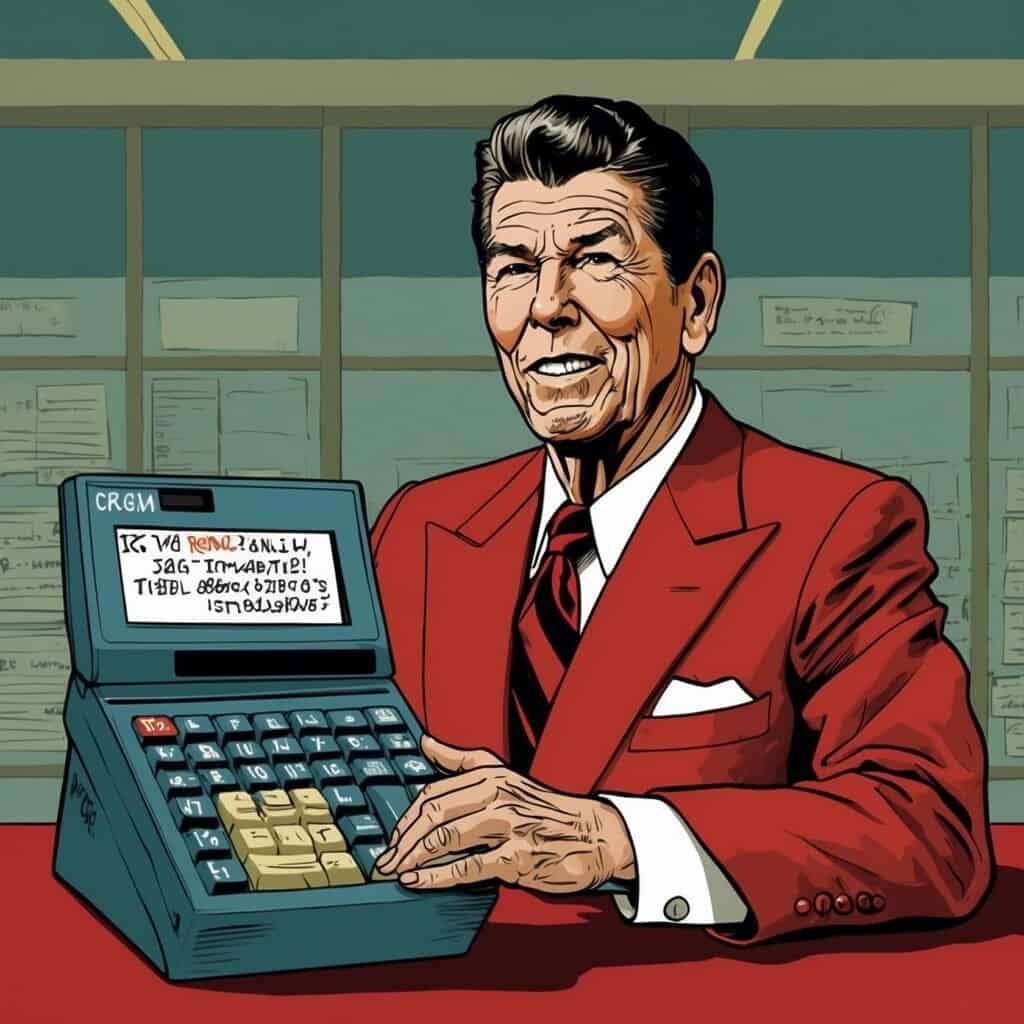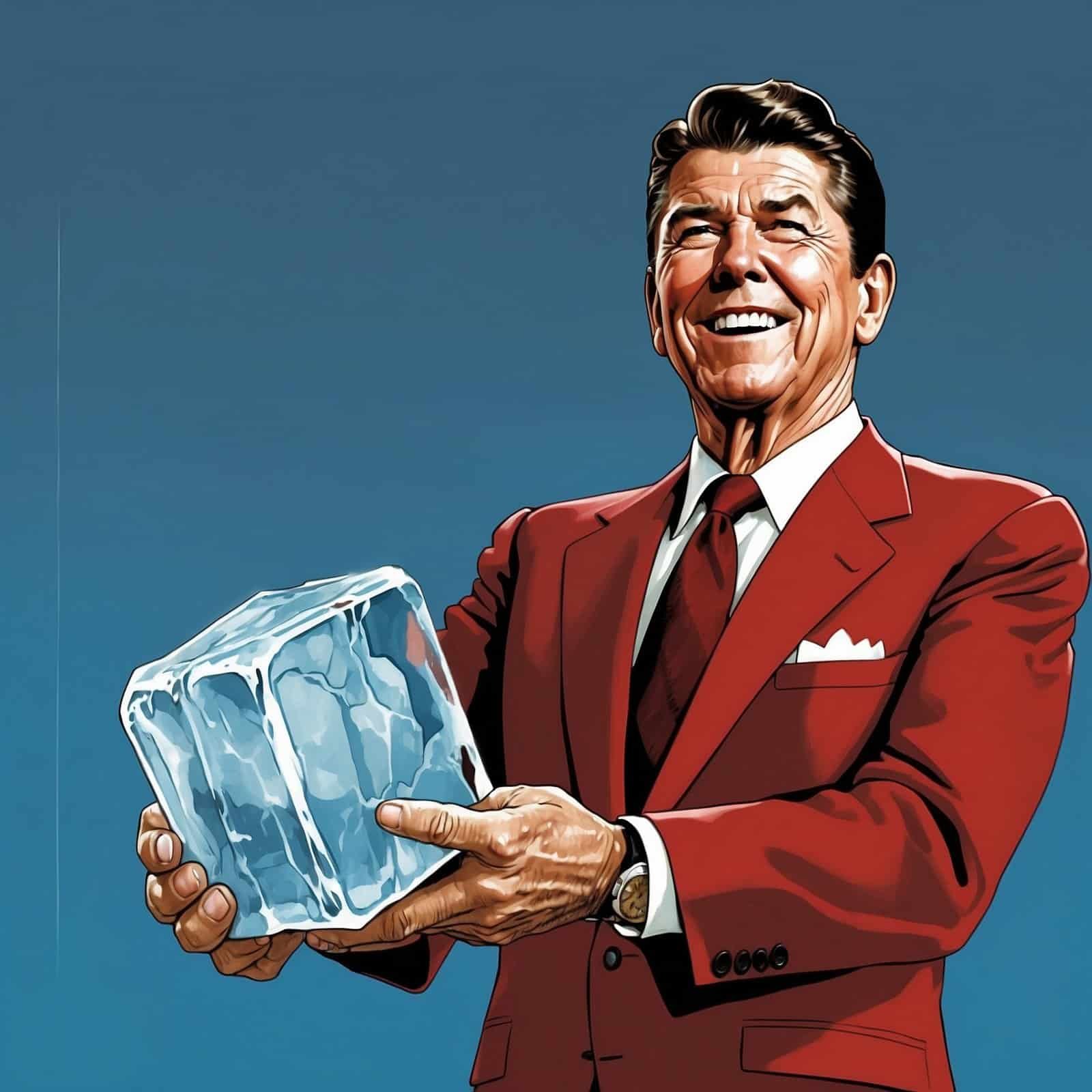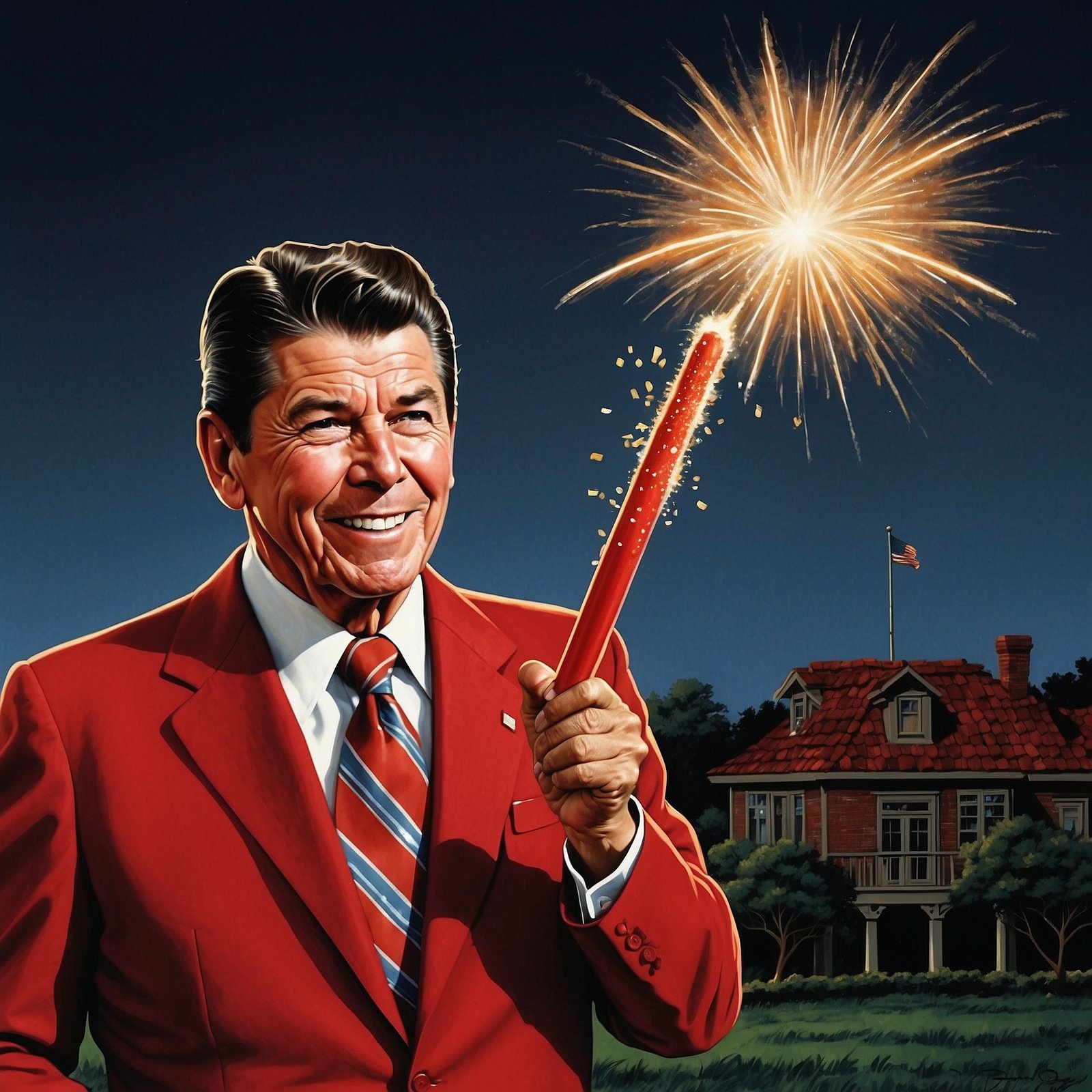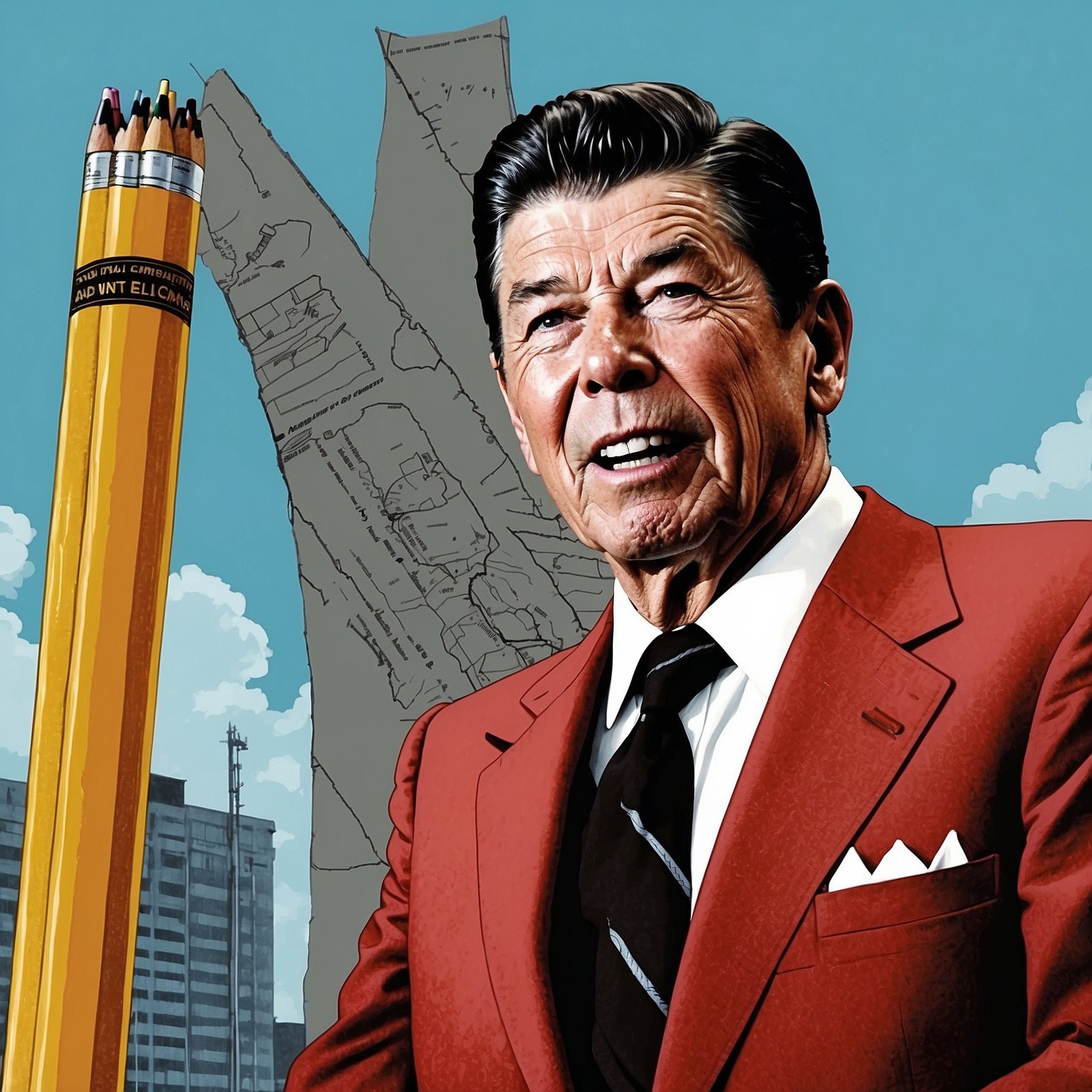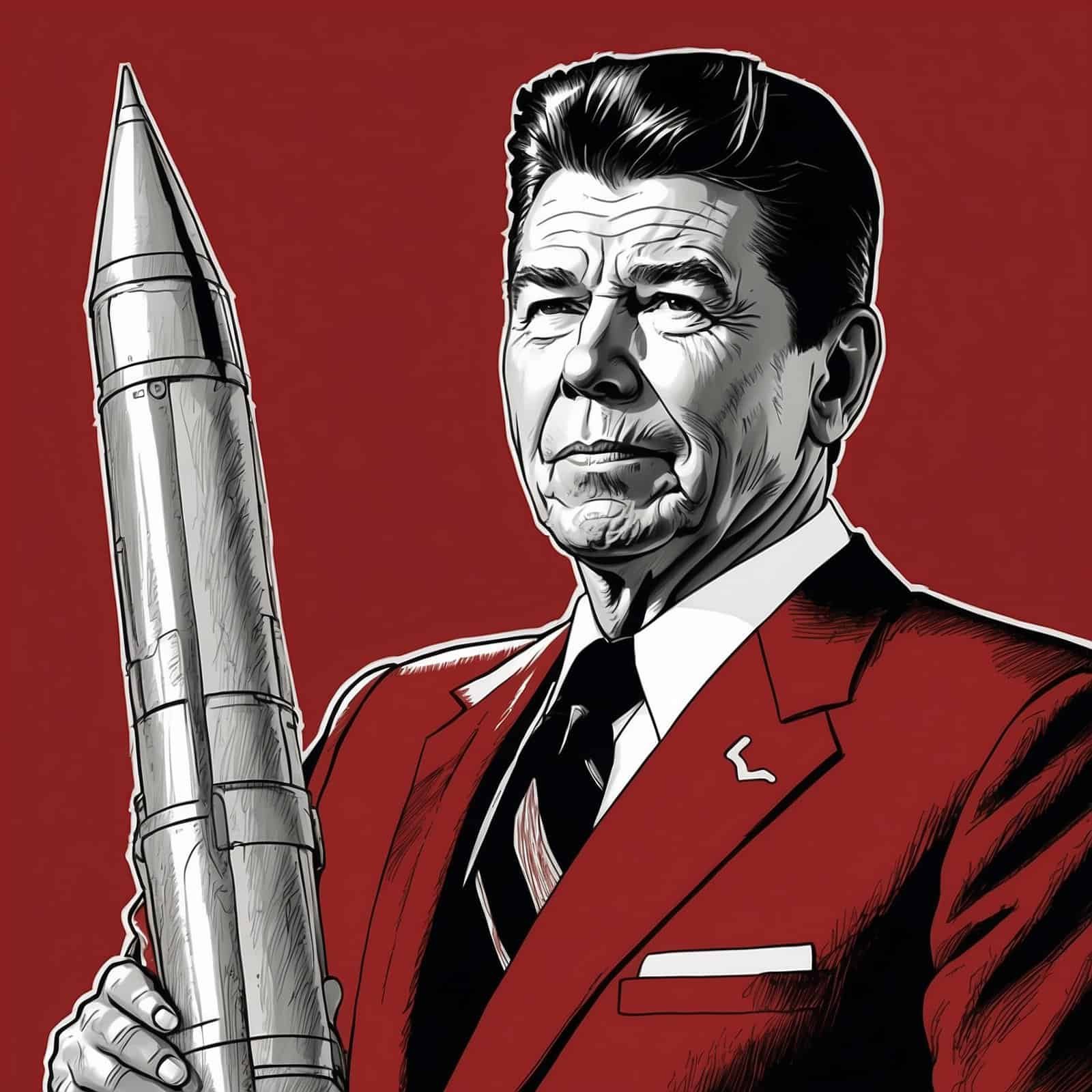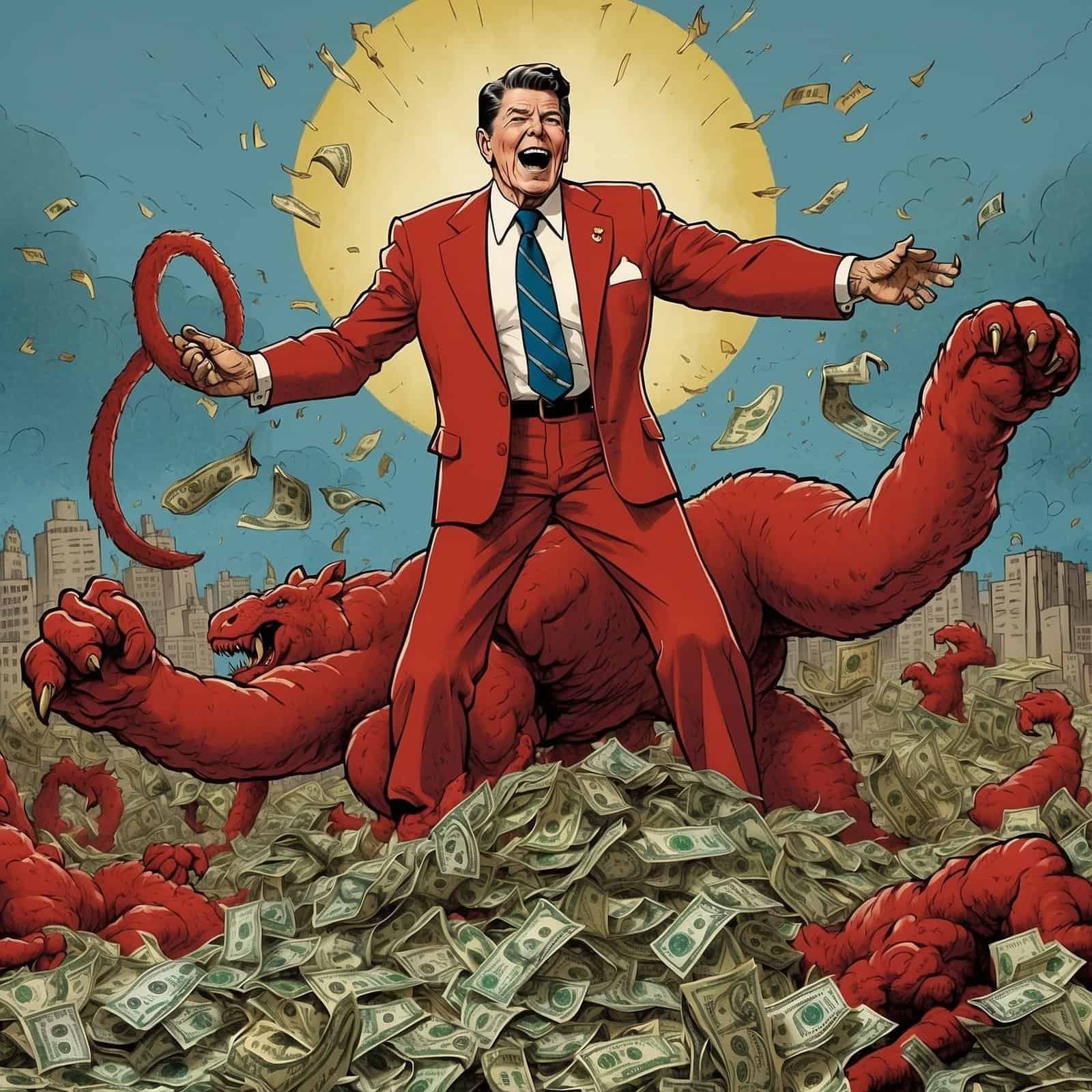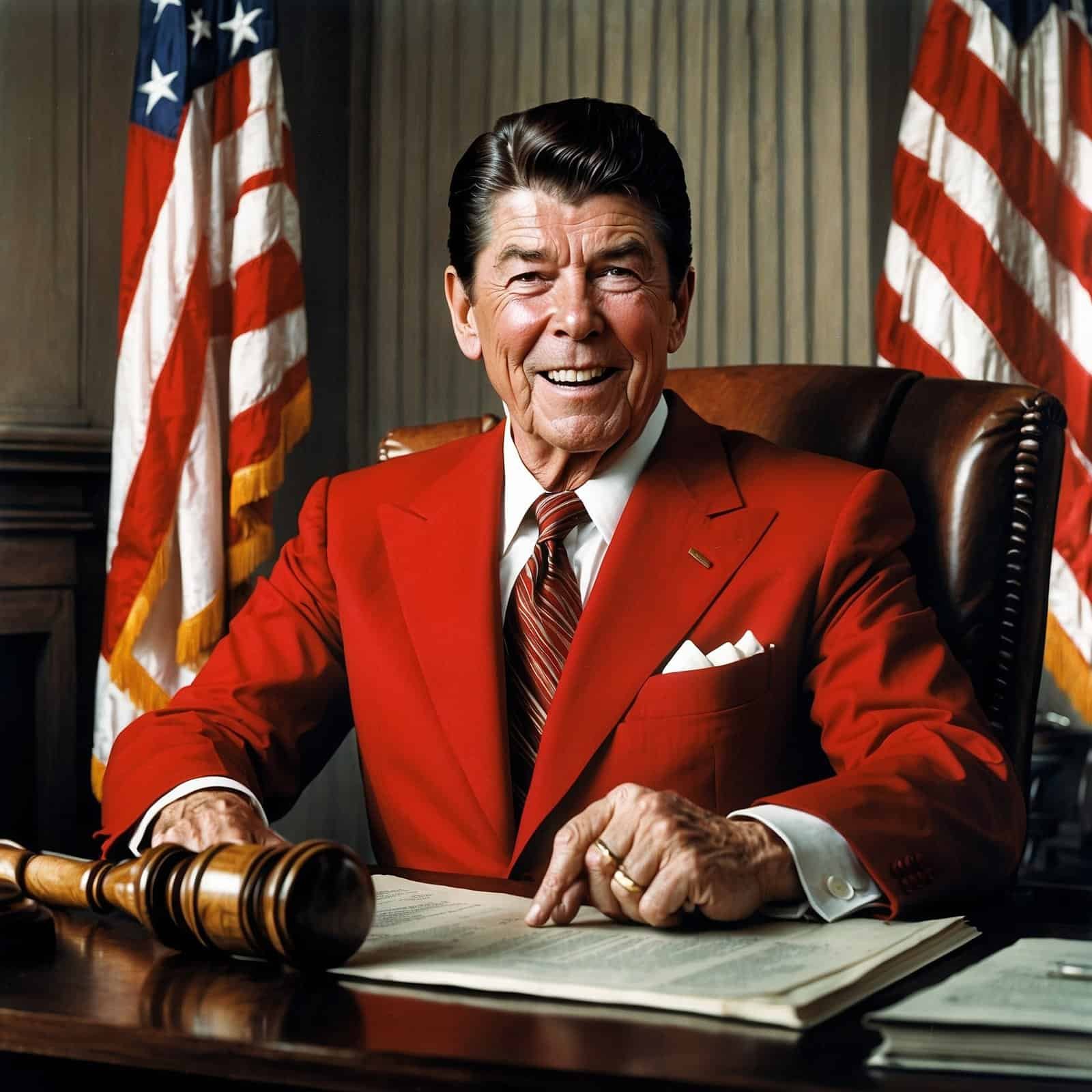Ah, the ’80s. A time of big hair, neon clothes, and, of course, President Ronald Reagan’s crusade for a balanced budget. Now, that’s a real blast from the past! While some might dismiss it as wishful thinking, Reagan’s Balanced Budget Campaign was built on rock-solid conservative principles. Let’s take a stroll down memory lane and see how the Gipper tried to bring some fiscal sanity to the swamp we call Washington.
Reagan rolled into D.C. with a simple idea: Uncle Sam needed to tighten his belt. For conservatives, watching the government spend money like a sailor on shore leave is like watching your kids max out your credit cards. Reagan’s balanced budget push was all about getting the government to act like a responsible adult for once.
Reagan’s Common-Sense Approach
The Gipper’s game plan was as straightforward as his charm: cut government spending and let folks keep more of their hard-earned cash. It’s like trimming the fat and feeding the muscle – basic economics that seems to fly over the heads of our liberal friends. Reagan believed that when people and businesses aren’t being pick-pocketed by Uncle Sam, they’ll invest that money, create jobs, and grow the economy. It’s not rocket science, but try explaining that to a Democrat!
Reagan’s Economic Recovery Tax Act of 1981: By the Numbers
- Top marginal tax rate cut: From 70% to 50%
- Lowest bracket tax rate cut: From 14% to 11%
- Capital gains tax cut: From 28% to 20%
- Estimated revenue impact: $749 billion tax cut over 5 years
Of course, the moment Reagan mentioned tax cuts, liberals started wailing like banshees. They cried that the deficit would explode faster than a Democrat’s promises before an election. But here’s the kicker – they conveniently forgot that it’s their addiction to spending, not tax cuts, that’s the real budget-buster. It’s like blaming your diet soda for weight gain while ignoring the five pizzas you had for dinner.
The Grace Commission: Exposing Government Waste
In 1982, Reagan formed the Grace Commission, tasked with sniffing out government waste. And boy, did they find some doozies! It was like turning on the lights in a roach-infested kitchen – suddenly, all the wasteful spending scurried into view. This fit perfectly with the conservative belief that the government is about as efficient as a screen door on a submarine.
Fun Fact: Government Waste Exposed
The Grace Commission found that the government was spending $436 for a hammer and $640 for a toilet seat. Talk about flushing money down the drain!
The Elephant in the Room: Defense Spending
Now, let’s address the elephant in the room – or should I say, the bear? Reagan’s critics love to harp on about his defense spending. They moan that it contradicted his balanced budget goals. But here’s the thing – Reagan understood that a strong military is like a good insurance policy. You hope you never need it, but you’ll be darn glad you have it when the Soviets come knocking.
While liberals were busy singing “Kumbaya” and hoping the USSR would play nice, Reagan was ensuring America had the big stick to back up its soft talk. And guess what? It worked! The Soviet Union collapsed faster than CNN’s ratings at a Trump rally.
Tackling the Entitlement Beast
Reagan also took a swing at entitlement reform. He recognized that programs like Social Security and Medicare were gobbling up the budget faster than AOC at an “Eat the Rich” buffet. His administration tried to introduce reforms to keep these programs sustainable without breaking the bank.
But oh boy, did the liberals throw a fit! They acted like Reagan was trying to push grandma off a cliff, when in reality, he was trying to make sure the social safety net didn’t end up with more holes than Swiss cheese. It’s almost like liberals think money grows on trees – trees that are presumably watered with conservative tears and fertilized with common sense.
Reagan’s Budget Legacy: Setting the Stage for Success
So, did Reagan balance the budget? Not quite. The deficit did increase during his tenure, largely due to beefing up our defenses against the Soviet threat. But here’s the kicker – the economic boom sparked by his policies led to increased revenues down the line. It’s like planting seeds that bloom into a beautiful garden of budget surpluses in the ’90s.
Meanwhile, every time Democrats get their hands on the budget, it’s like watching a kid in a candy store with their parent’s credit card. They throw money at problems like they’re trying to smother them with dollar bills. The result? A national debt that’s growing faster than Pinocchio’s nose at a Democrat policy announcement.
Reagan’s Economic Impact: A Snapshot
- GDP growth averaged 3.5% annually during Reagan’s presidency
- 20 million new jobs created
- Inflation reduced from 12.5% to 4.4%
- Unemployment rate dropped from 7.1% to 5.5%
Wrapping It Up: Reagan’s Conservative Vision
In the end, Reagan’s Balanced Budget Campaign was like a greatest hits album of conservative values – fiscal responsibility, limited government, and a strong national defense. While he might not have hit a home run, he certainly knocked it out of the park in setting America up for future success.
So here’s to the Gipper – a president who dared to dream of a government that didn’t treat the national treasury like a personal piggy bank. In an era where some politicians promise free everything (looking at you, Bernie), Reagan’s vision of fiscal sanity is more relevant than ever. After all, as the saying goes, “A government big enough to give you everything you want is big enough to take everything you have.” Reagan understood that, and it’s high time we remembered it too.
Table of Contents
- Reagan’s Common-Sense Approach
- The Grace Commission: Exposing Government Waste
- The Elephant in the Room: Defense Spending
- Tackling the Entitlement Beast
- Reagan’s Budget Legacy: Setting the Stage for Success
- Wrapping It Up: Reagan’s Conservative Vision
